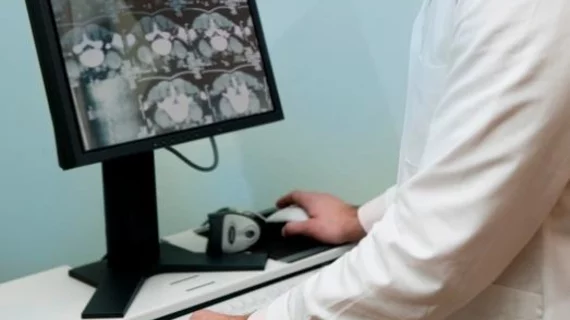Attending radiologists must embrace a dynamic approach to readouts for trainees to properly develop
Readouts are essential for educating radiologists-in-training, yet few providers truly understand how much this practice influences young readers. Training programs must begin having such discussions, particularly as interpretations move out of the reading room and soon-to-be rads are forced to learn from their own homes.
That was the argument made by two radiologists from the University of Maryland School of Medicine, in Baltimore, in a new editorial published by RadioGraphics. In the piece, both doctors reflected back on their own experiences with different readout styles, offering suggestions and pitfalls to avoid during such interactions.
“The radiology readout is a fundamental academic practice involving the radiology trainee and trainer where active learning occurs, personal connections are made, and work is accomplished,” Farouk Dako, MD, MPH, and Omer Awan, MD, MPH, both with the institution’s department of radiology, explained Jan. 7. “This radiology equivalent of rounding on patients has evolved because of the digitization of imaging but remains the cornerstone of the workday in the academic setting and is an essential component of radiology education for trainees.”
Readout styles vary among attending rads and are influenced by daily workloads, interpersonal relationships and reading room cultures. The authors assert, however, that readouts performed during the first week of residency should always differ from those conducted during residents’ fourth year, which isn't always the case.
Increasing trainee independence and leadership should be a top priority, they added, with attendings taking on a more supervisory role over the course of radiology residencies.
Potential consequences of a passively involved trainee relationship, in which they act as scribes taking notes while attendings describe findings in the reading room, are burnout, low self-esteem and reduced enthusiasm for the specialty.
In today’s world of digital imaging and teleradiology, remote readouts and the “no readout” approach (sending dictated cases to an attending with or without expected feedback) may also contribute to a sense of isolation. Both approaches have their time and place, but a hybrid technique of completing a readout after the trainee sends over dictated cases combines the benefits of “no readouts” and traditional approaches, the authors explained.
Both agreed that readouts’ impact on trainees is “profound, but often overlooked” and argued that training programs need to become more involved in the process, establishing preferences and expectations and a plan for young radiologists to progress over time.
“There is no better place to learn about technical considerations—such as whether a study was appropriately protocoled or performed, whether multiplanar views were correctly reconstructed, or what artifacts are present on an image—than at the readout,” the pair concluded.

